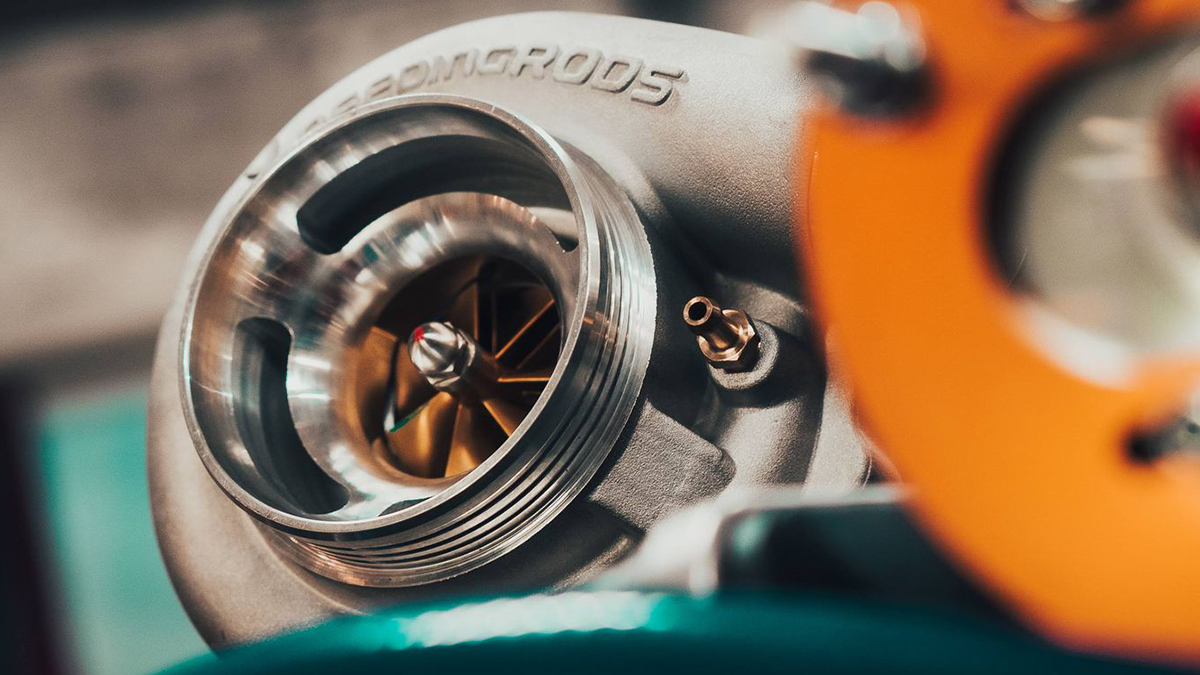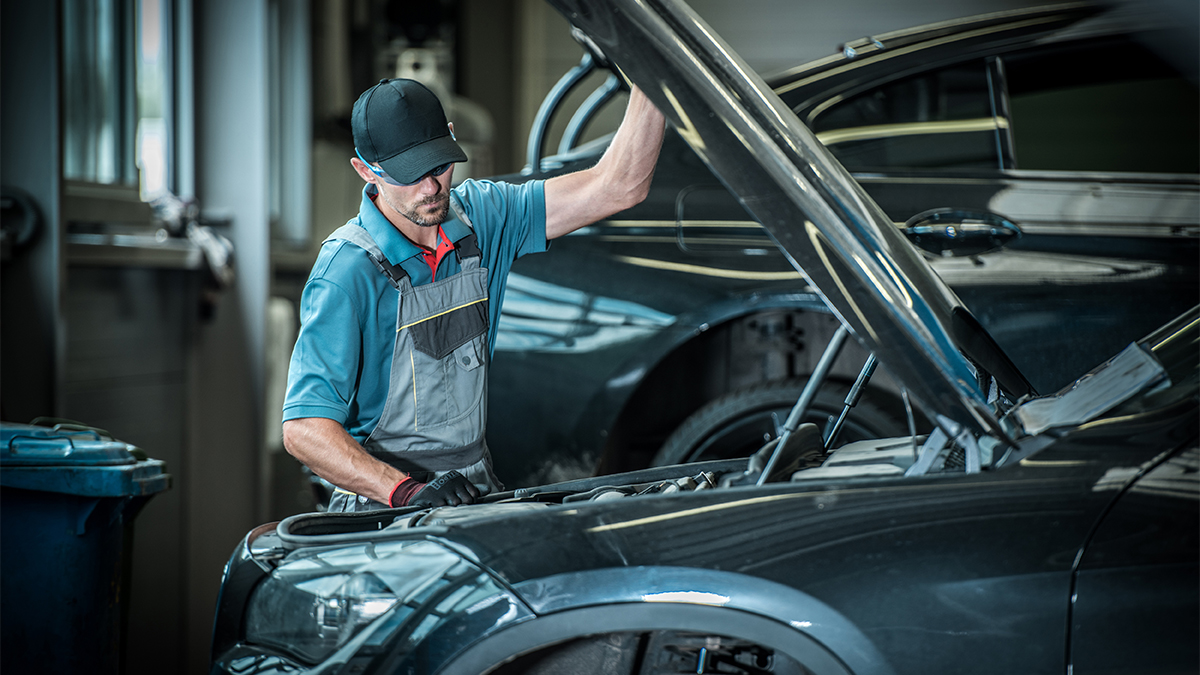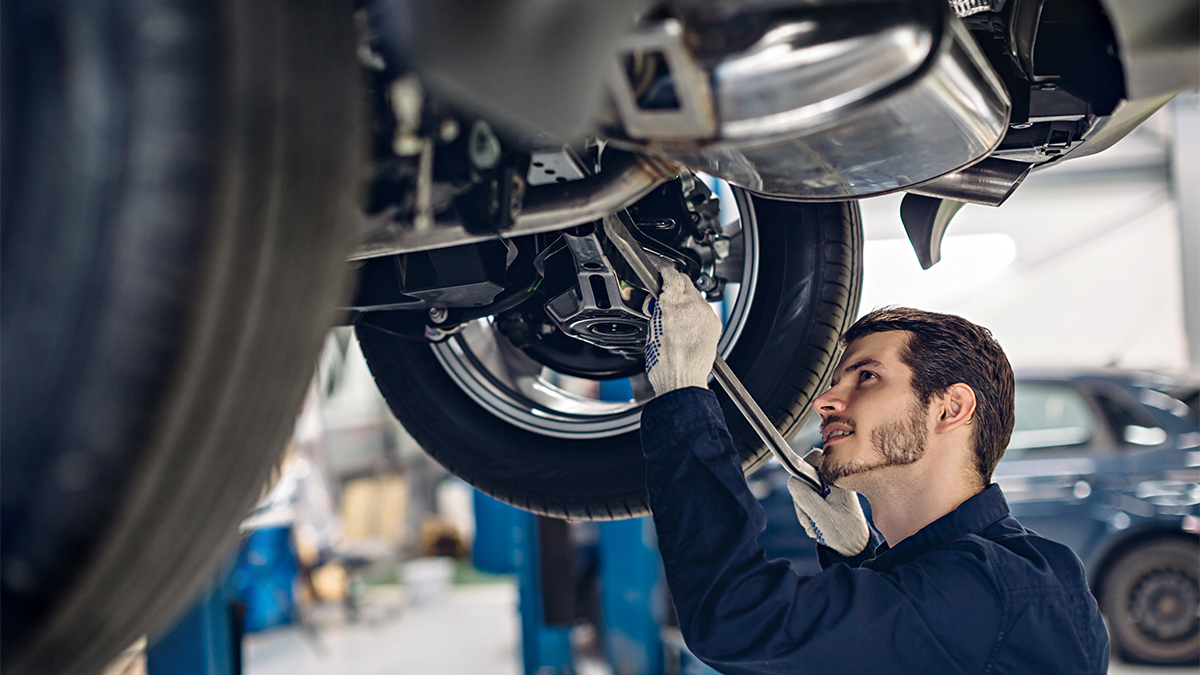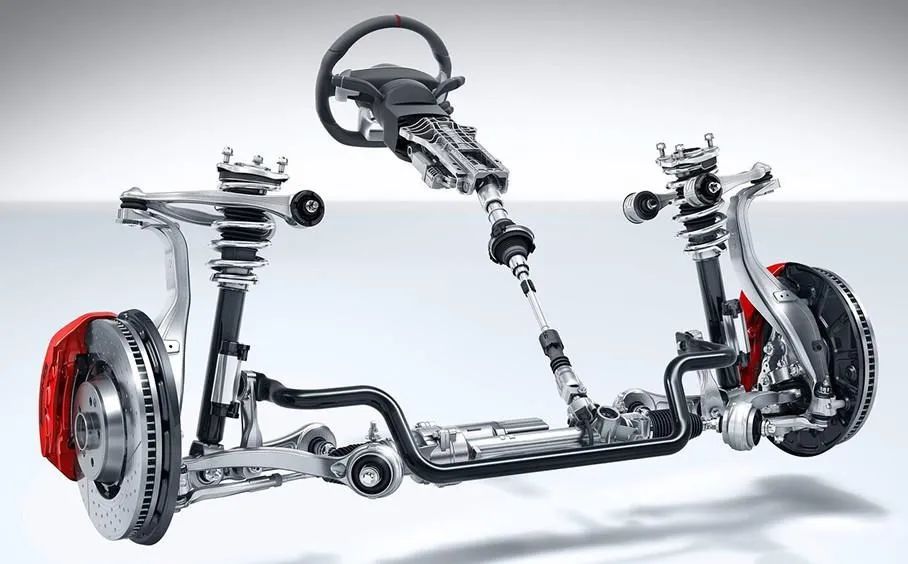Editor’s Note: Today, we are delighted to share a review from our friend, Daniel Hoffmann. Located in Norway, Daniel is a seasoned mechanic with a wealth of experience dating back to 2006. His passion for cars and motorsport is evident in his specialization in understanding, rebuilding, and optimizing vehicle performance. With a dedication to precision tools and gadgets, Daniel shares his DIY projects and motorsport events on Instagram, YouTube, and his blog, inspiring and assisting fellow automotive enthusiasts.
When racing with a turbocharged engine, regular maintenance is critical to ensure optimal performance and prevent failures. Here’s a list of important maintenance tasks specifically for turbocharged engines used in racing:
Oil Changes
Oil changes need to be more frequent than in street cars due to the high heat and stress of racing. Turbochargers rely on a consistent supply of clean oil to lubricate the turbine shaft. Dirty or old oil can lead to turbo failure due to inadequate lubrication and cooling. Use high-quality synthetic oil designed for high-temperature, high-performance applications. Consider using oil with a higher viscosity if racing in extreme conditions, as it can better handle the stress and heat.
My personal favorite is 10W-60 oil.
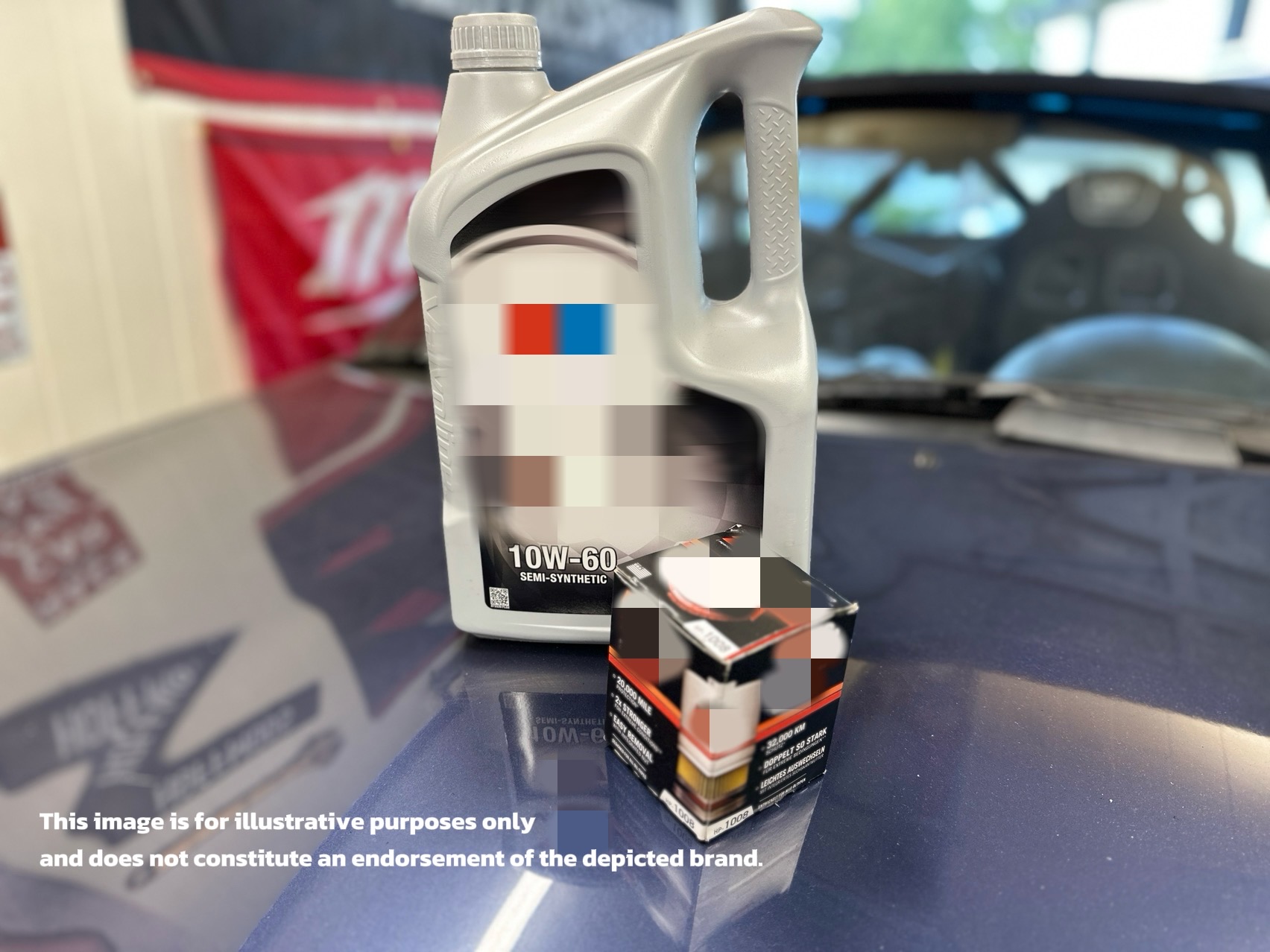
After a hard run, allow the engine to idle for a few minutes before shutting it off. This cool-down period allows the turbo to gradually decrease in temperature and speed, preventing oil from coking (burning) inside the turbo.
Air Filter
Inspect the air filter before every race and replace or clean as needed. A clean air filter is crucial for ensuring the turbo receives sufficient airflow. Dust and debris can damage the compressor wheel or reduce airflow efficiency. Regularly perform boost leak tests to ensure there are no leaks in the system. Leaks can cause a loss of power, incorrect air/fuel ratios, and increased stress on the turbo.
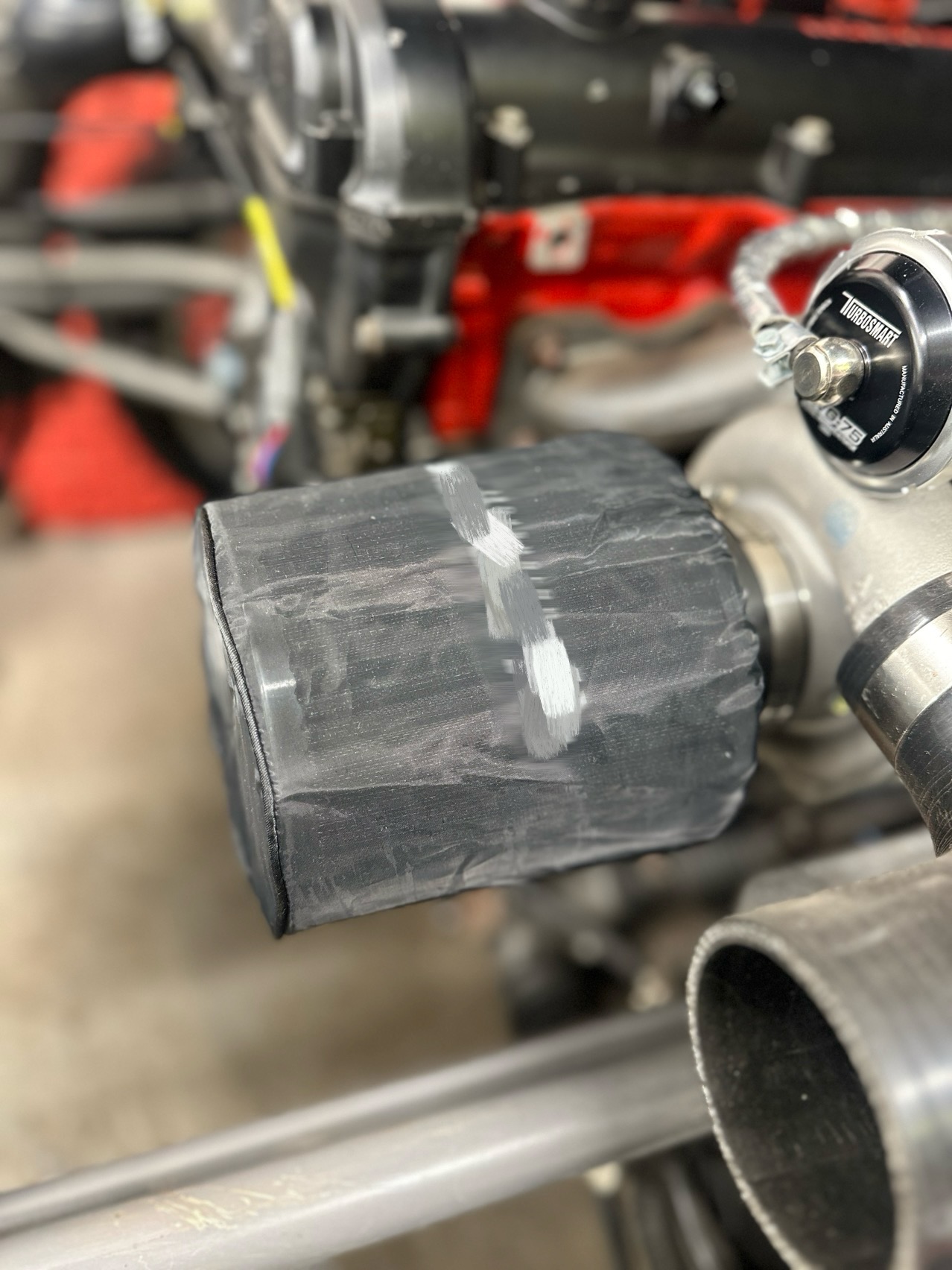
Intercooler
Inspect for debris, leaks, and ensure it’s clean. The intercooler cools the compressed air from the turbo, so it must be working efficiently to maintain optimal engine temperatures and performance.

Wastegate and Blow-Off Valve
Regularly inspect and test both the wastegate and blow-off valve. A malfunctioning wastegate can cause over-boosting, while a stuck or leaking BOV can lead to loss of boost pressure.
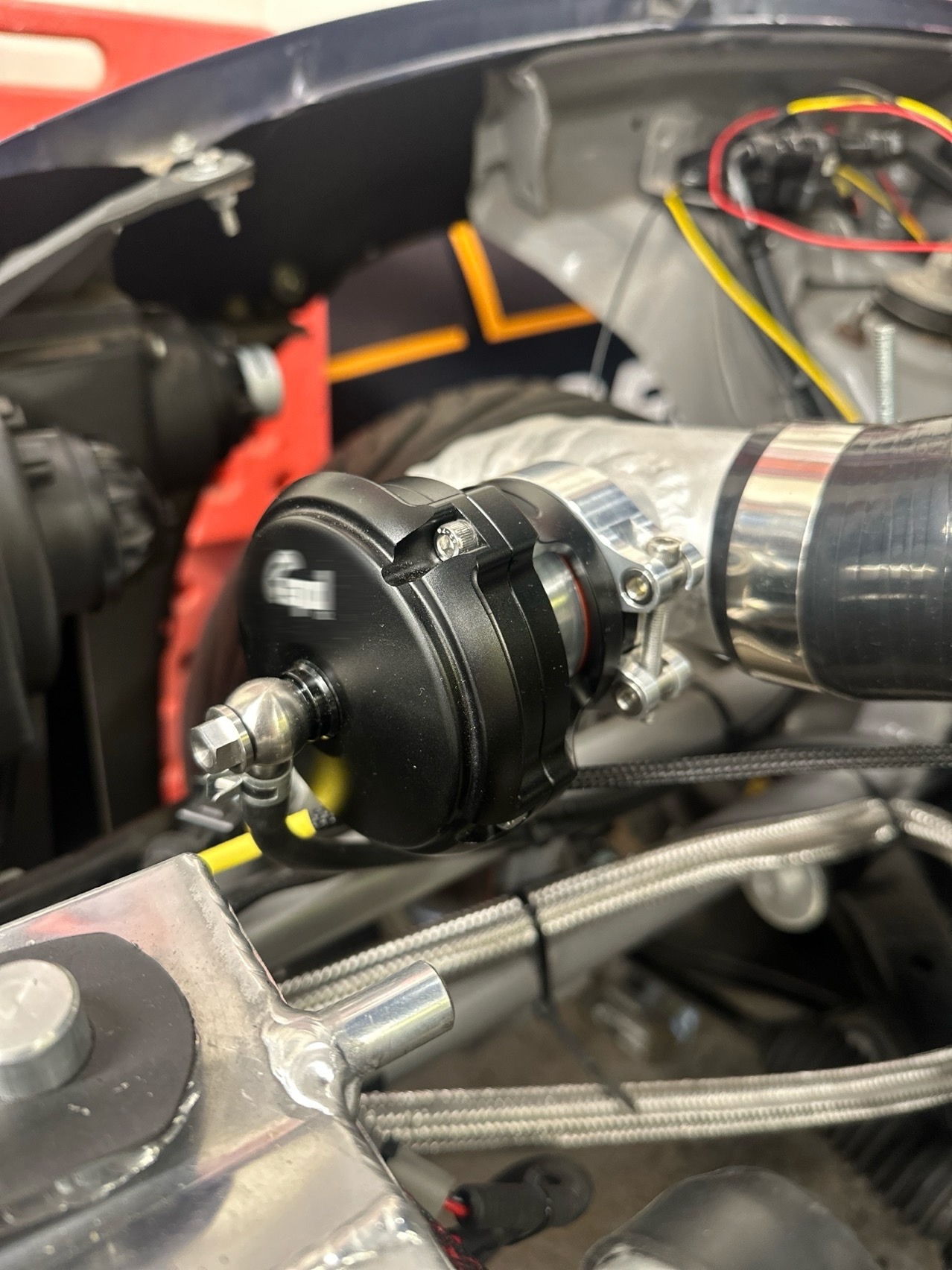
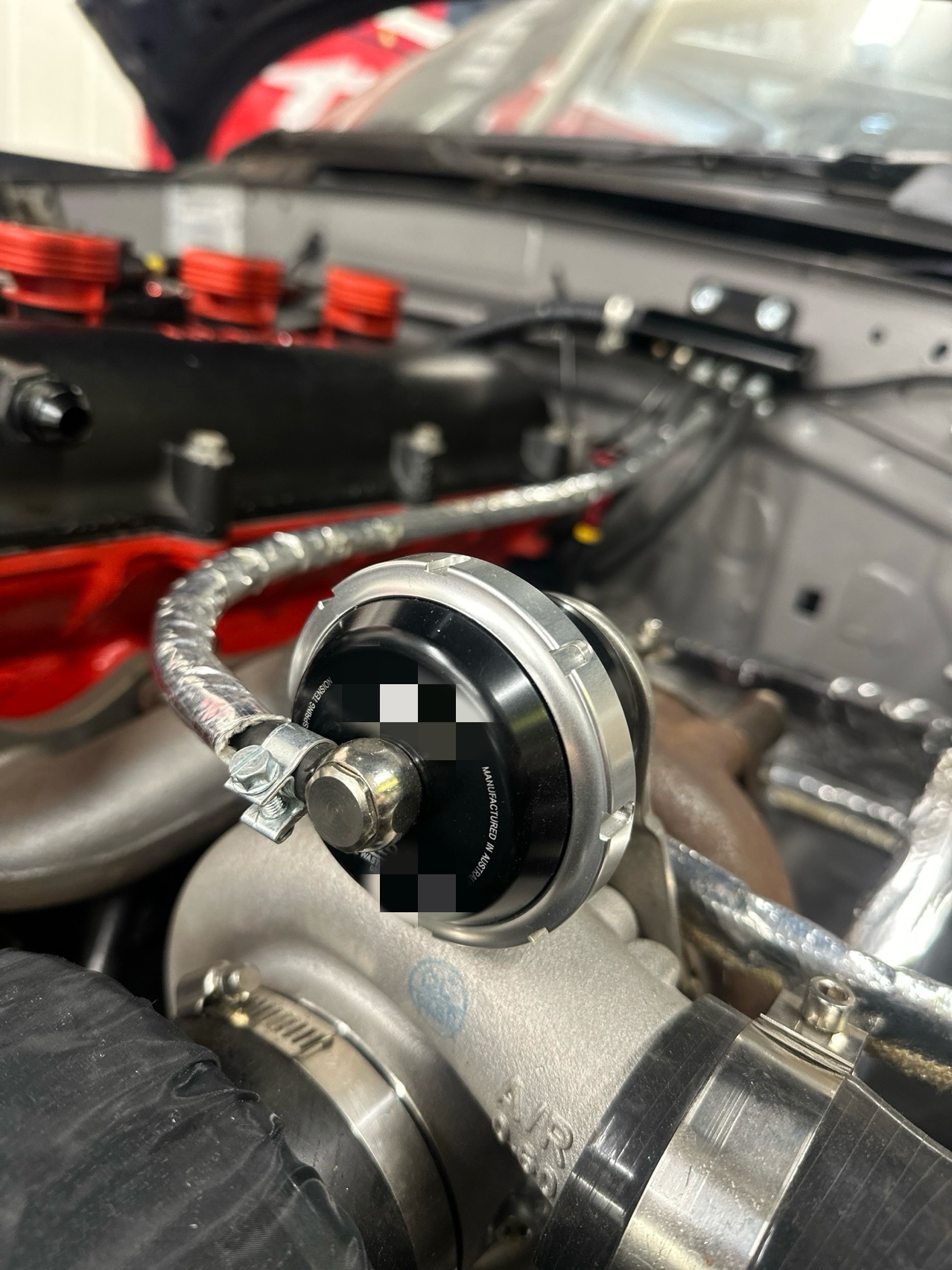
Exhaust System
Ensure that the exhaust system is free of obstructions and that there are no leaks before or after the turbo. A leak can cause poor turbo performance and increase lag. I can also cause incorrect readings of AFR depending on where the leak is and where the sensor Is mounted.
Turbocharger Shaft Play
Check for excessive shaft play in the turbocharger. Any unusual movement may indicate wear, requiring rebuilding or replacing the turbo. For a new journal bearing turbocharger, a little side to side play is perfectly normal as the space between the shaft and bushing would be taken up by oil pressure during turbo operation. However, a brand-new journal bearing turbocharger should have zero forward and back (from compressor end to turbine end) play.

Cooling System
The cooling system should be in top condition, as higher operating temperatures in racing can stress both the engine and the turbocharger. Ensure that the coolant is fresh, and there are no leaks. Use demineralized water, if you mix your own coolant. Check that the radiator fan/fans are operational.

Fuel System and Tuning
Ensure that the fuel system can deliver enough fuel to match the increased air supplied by the turbo. A lean mixture under boost can cause engine knock and turbo damage. Regular tuning adjustments may be needed based on track conditions and temperatures.
If you are running a standalone engine management system make sure to turn on logging when racing and go through the logs after runs.
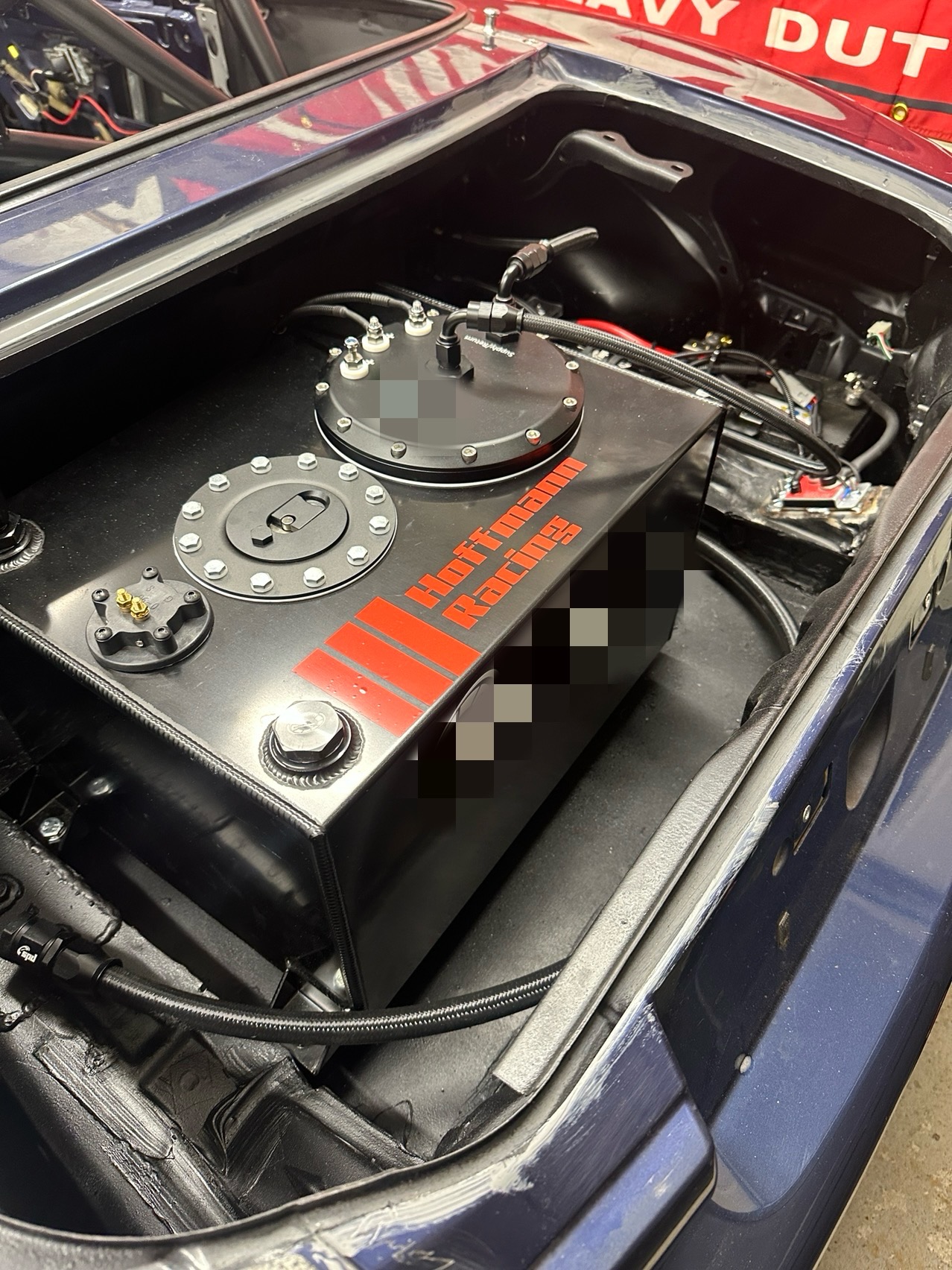
Turbo Inspections
Regularly inspect the turbo for cracks, damage, or oil leaks. Catching early signs of failure can prevent catastrophic damage during a race.
Keep Records
Maintain a log of all maintenance tasks, oil changes, and inspections. This helps identify patterns and prevent issues before they become serious problems.
Proper maintenance of your turbocharger not only preserves its lifespan but also ensures that your racing engine performs at its best, providing reliable power throughout the race.
